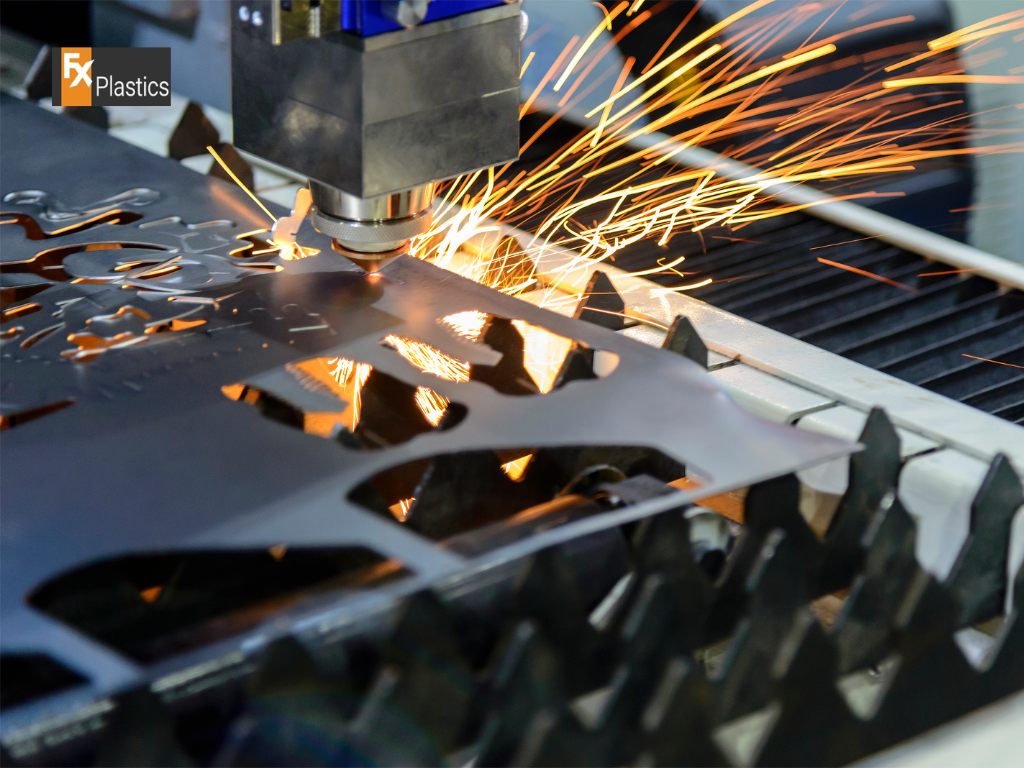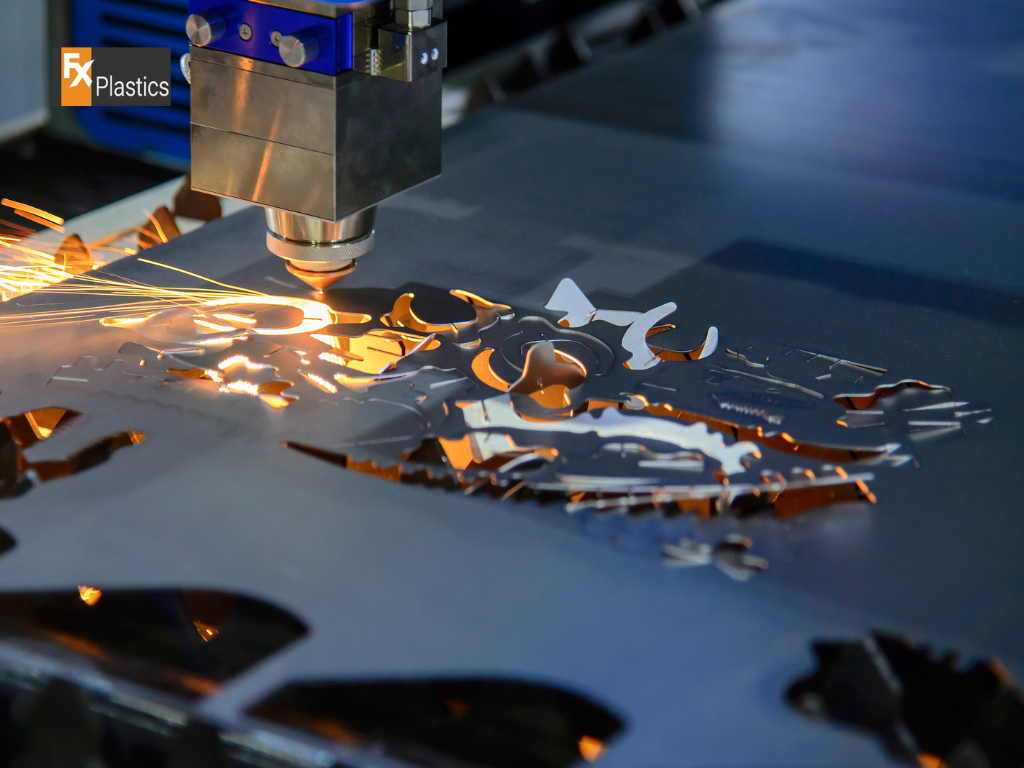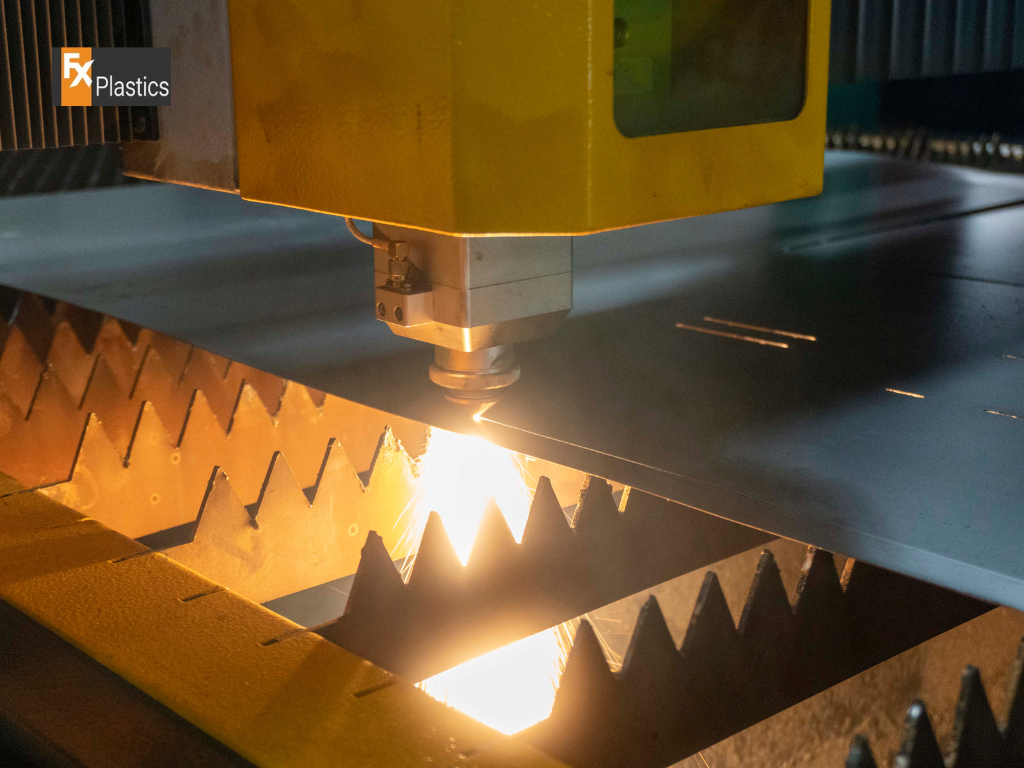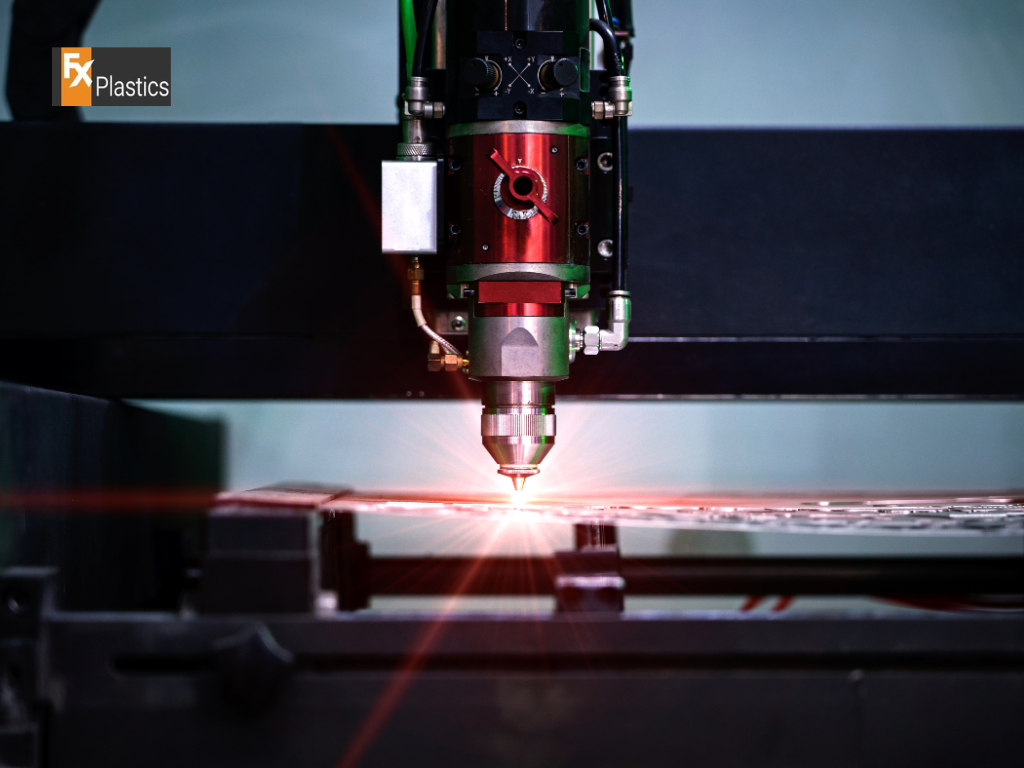CNC laser cutting is a precise and automated process that uses a high-powered laser beam to cut materials into custom shapes and sizes. This technology is renowned for its accuracy, speed, and flexibility, making it ideal for scaling production efforts across various industries. CNC laser cutting can handle multiple projects with minimal setup time, allowing for rapid production of large volumes of components, including Perspex cut to size. This capability not only increases output but also reduces waste and operational costs, facilitating efficient scale-up processes.
Overview of CNC Laser Cutting in Producing Perspex Cut to Size
In the context of producing Perspex cut to size, CNC laser cutting offers unparalleled precision that is crucial for creating intricate designs and consistent cuts. This method is perfect for customized Perspex applications such as signage, display cases, and architectural features. The ability to program the laser cutter for specific dimensions ensures that each piece of Perspex is cut to exact specifications, enhancing product quality and customer satisfaction while enabling mass production without sacrificing detail or quality.
Evaluating Production Needs for Scaling

How to Assess Your Current Production Capacity with CNC Laser Cutting?
Assessing current production capacity involves reviewing existing equipment, technology, and processes to identify bottlenecks or inefficiencies. For businesses using CNC laser cutting, this might include evaluating the speed and capability of current machinery, the skill level of operators, and the integration of the cutting process with other production stages. Analyzing these factors helps determine if the current setup can meet increased demand or if scaling up requires additional or upgraded equipment.
Determining the Demand for Perspex Cut to Size in Your Market
Understanding market demand is crucial for scaling production effectively. This involves market research to gather data on current and projected needs for Perspex cut to size. Factors to consider include industry trends, customer feedback, and competitor analysis. This information can help forecast future demand and inform decisions about scaling production capacity to ensure the business can respond to market changes and opportunities promptly.
Enhancing Production Efficiency with CNC Laser Cutting
What Strategies Can Be Employed to Increase Efficiency in CNC Laser Cutting?
To enhance efficiency in CNC laser cutting, especially for Perspex cut to size, businesses can adopt several strategies. These include automating material handling, using nesting software to optimize material usage, and maintaining equipment to reduce downtime. Streamlining workflows by minimizing manual handling and employing predictive maintenance can also significantly boost efficiency.
Optimizing Workflow and Material Handling for Perspex
Efficient workflow and material handling are key to maximizing the throughput of CNC laser cutting processes. Implementing a systematic approach to the storage, loading, and unloading of Perspex sheets can reduce cycle times and minimize labor costs. Additionally, using conveyors or automated feeding systems to handle Perspex sheets can ensure continuous operation and reduce the risk of material damage, further enhancing production efficiency.
Advancements in CNC Laser Technology for Larger Scale Production

What Are the Latest CNC Laser Cutting Technologies That Aid in Scaling?
Recent advancements in CNC laser cutting technology include increased laser power, improved beam quality, and faster cutting speeds, all of which contribute to greater productivity. Dual-head laser systems and fiber lasers offer enhanced cutting capabilities and energy efficiency, making them suitable for high-volume production environments. These technologies enable businesses to scale operations more effectively by increasing output and reducing per-unit costs.
Integrating Advanced Software Solutions for Greater Throughput
The integration of advanced software solutions is critical for scaling production with CNC laser cutting. Software that enhances machine programming, such as CAD/CAM systems, and those that optimize cutting paths and nesting, significantly improve material utilization and operational efficiency. Automation in scheduling and maintenance software can also play a crucial role in ensuring that production runs smoothly and continuously, thereby increasing overall throughput.
Investment Considerations for Scaling Up
What Investments Are Needed to Scale Production with CNC Laser Cutting?
Scaling production with CNC laser cutting requires several strategic investments. Firstly, investment in high-quality CNC laser cutting machines capable of handling increased volumes and complexity is essential. This might involve purchasing additional machines or upgrading to more advanced models with higher speeds and better precision. Additionally, investing in ancillary equipment, such as automated loading and unloading systems or more sophisticated exhaust systems, can enhance operational efficiency. Software upgrades are also crucial, as they can improve the integration of design with production processes, optimize material usage, and streamline workflow.
Cost-Benefit Analysis of Upgrading or Expanding CNC Laser Cutting Equipment
Conducting a cost-benefit analysis is vital before committing to significant investments in CNC laser cutting technology. This analysis should consider the initial outlay for equipment and software against the potential increases in production capacity and efficiency gains. Other factors to include are the reduction in waste, improvements in product quality, potential market expansion, and the ability to meet customer demands more effectively. Additionally, consider the long-term savings from reduced operational costs and the potential for increased revenue from higher output and the ability to undertake more complex, higher-value projects.
Training and Workforce Development

The Importance of Training for Scaling Production Using CNC Laser Cutters
As production scales, the role of training becomes increasingly critical. Effective training ensures that all operators and technicians are proficient in using new or upgraded CNC laser cutting machines. It also helps in minimizing errors and reducing wastage, which are vital for maintaining cost efficiency at higher production volumes. Training should cover not only the operational aspects of the new equipment but also safety procedures and maintenance practices to ensure that machines operate at optimal efficiency and with minimal downtime.
Developing Skills in Your Workforce for Efficient Large-Scale Operations
Investing in workforce development involves more than just initial training. Developing a program for continuous learning and improvement can help in keeping the team updated on the latest CNC technologies and techniques. This could include regular workshops, attending industry seminars, and undergoing certifications in advanced manufacturing processes. Such initiatives not only enhance the skills of your workforce but also boost morale and productivity by showing a commitment to employee growth and job satisfaction.
Quality Assurance in Scaled Production
Maintaining Quality When Scaling Production of Perspex Cut to Size
Quality assurance becomes more challenging as production volumes increase. To maintain high standards of quality, it’s essential to implement rigorous quality control procedures at each stage of the production process. This includes setting up regular inspection routines, using precise calibration tools, and incorporating real-time monitoring systems that can detect and correct deviations in the cutting process immediately. Maintaining consistency in quality is crucial for customer satisfaction and long-term business success.
Implementing Quality Control Systems in CNC Laser Cutting Processes
Developing a comprehensive quality control system involves multiple components, including statistical process control, quality management software, and perhaps most critically, a feedback loop from quality checks back to the design and production teams. This system should be designed to be scalable, capable of handling increased loads as production ramps up. Automation in quality checks, such as using machine vision systems for immediate assessment of cut parts, can significantly enhance the efficiency and effectiveness of quality control in high-volume environments.
Meeting Increased Demand with Optimized CNC Laser Cutting

Strategies for Meeting Higher Demand for Perspex Cut to Size
To meet the increased demand for Perspex cut to size, businesses can adopt several strategic approaches. One effective method is optimizing the CNC laser cutting process through advanced scheduling software that maximizes machine uptime and throughput. Additionally, implementing a just-in-time inventory system can help manage material supply efficiently, ensuring that Perspex is available when needed without overstocking. Another strategy is to diversify the supplier base to reduce the risk of disruptions in the supply chain, maintaining a steady flow of materials to support increased production schedules.
Overcoming Challenges in Scaling Production
Identifying and Addressing Common Challenges in Scaling CNC Laser Cutting
Scaling CNC laser cutting operations is not without its challenges. Common issues include capacity limitations of existing equipment, skill gaps in the workforce, and logistical complexities in handling increased production volumes. To address these challenges, companies may need to invest in additional or more advanced CNC machines and prioritize staff training in advanced operational techniques. Additionally, improving the layout of the production floor to enhance workflow can significantly reduce bottlenecks and increase output.
Solutions for Material Supply and Demand Fluctuations in Large-Scale Production
Material supply and demand fluctuations can severely impact production efficiency. To mitigate these issues, businesses can establish stronger relationships with multiple suppliers to ensure a reliable material supply chain. Using predictive analytics to forecast demand more accurately can also help in planning production schedules and inventory management. Another approach is to maintain a strategic reserve of critical materials to buffer against short-term supply disruptions.
Conclusion
The future of CNC laser cutting will likely see further advancements in speed, precision, and automation capabilities. As the technology evolves, it could integrate more seamlessly with artificial intelligence and robotics, further enhancing the ability to scale production efficiently. Additionally, market demand for Perspex cut to size is expected to grow as industries such as advertising, construction, and design continue to recognize the material’s versatility and aesthetic appeal. Staying ahead of these trends by investing in the latest CNC technologies and maintaining a flexible, responsive business model will be key for companies aiming to capitalize on the opportunities presented by CNC laser cutting.

